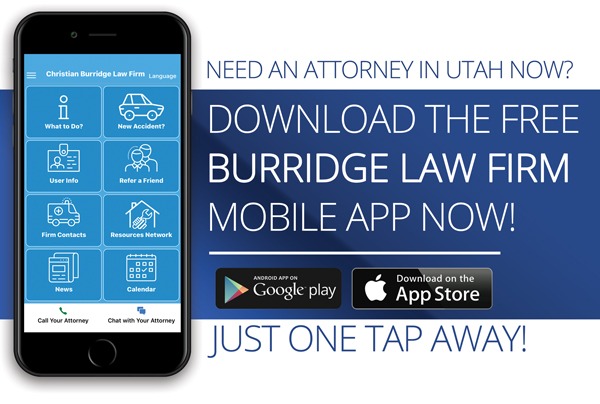As personal injury attorneys in Utah, we often explore alternatives to traditional litigation for resolving claims. Alternative Dispute Resolution (ADR) methods can often lead to faster, less expensive, and more satisfactory outcomes for all parties involved. Here’s what you need to know about ADR in Utah personal injury cases.
Common ADR Methods in Utah
- Mediation: A neutral third party facilitates negotiations between the parties.
- Arbitration: A neutral arbitrator hears evidence and makes a binding or non-binding decision.
- Settlement Conferences: Parties meet to discuss settlement possibilities, often with a judge’s assistance.
Benefits of ADR in Personal Injury Cases
- Faster Resolution: ADR can often resolve cases more quickly than going to trial.
- Cost-Effective: Generally less expensive than full litigation.
- Confidentiality: ADR proceedings are typically private, unlike public court cases.
- Flexibility: Allows for more creative solutions than might be available in court.
- Less Adversarial: Can help preserve relationships between parties.
When to Consider ADR
- Early in the Case: ADR can be initiated before or shortly after filing a lawsuit.
- Stalled Negotiations: When direct negotiations have reached an impasse.
- Complex Cases: Where specialized knowledge of a mediator or arbitrator could be beneficial.
Utah’s ADR Requirements
- Court-Annexed ADR: Some Utah courts require parties to participate in ADR before trial.
- Voluntary Participation: Parties can also voluntarily agree to ADR at any time.
- ADR Directory: Utah courts maintain a roster of qualified ADR providers.
Preparing for ADR
- Gather Evidence: Compile all relevant documents and evidence.
- Understand Your Case: Be clear about your injuries, damages, and desired outcome.
- Consider Settlement Options: Be prepared to discuss various settlement possibilities.
- Consult Your Attorney: Your lawyer can help you prepare and represent you in the ADR process.
ADR and the Statute of Limitations
Engaging in ADR does not toll (pause) the statute of limitations. It’s crucial to be aware of the Utah statute of limitations for personal injury cases (typically four years) and file a lawsuit if necessary to preserve your rights.
The Role of Your Attorney in ADR
An experienced personal injury lawyer can:
- Advise on whether ADR is appropriate for your case.
- Help select the best ADR method and a suitable neutral party.
- Represent your interests during the ADR process.
- Ensure any settlement reached is fair and comprehensive.
Conclusion
Alternative Dispute Resolution can be an effective way to resolve personal injury cases in Utah, often leading to quicker and more satisfactory outcomes. However, it’s important to approach ADR with proper preparation and understanding. If you’re considering ADR for your personal injury case, consult with our experienced attorneys to determine the best approach for your situation.
Keywords: Utah statute of limitations personal injury, Filing personal injury lawsuit Utah, Alternative Dispute Resolution Utah



